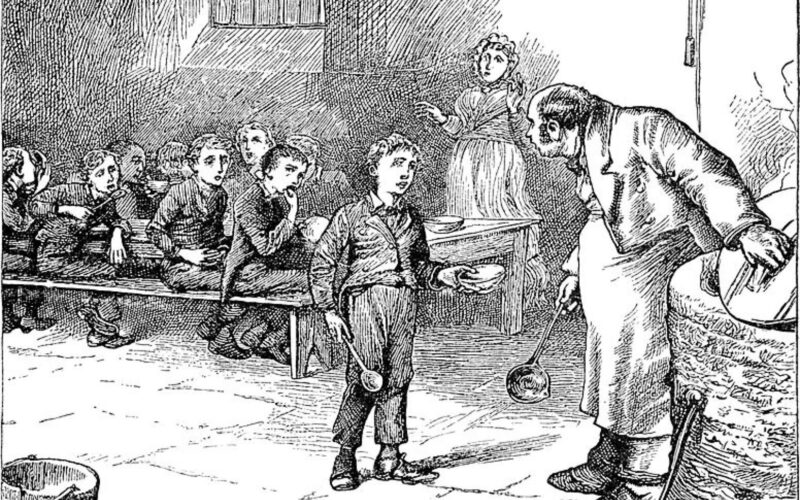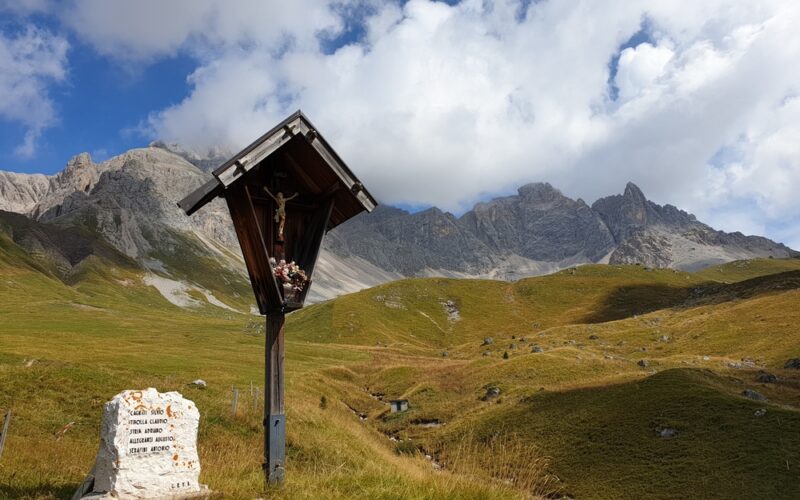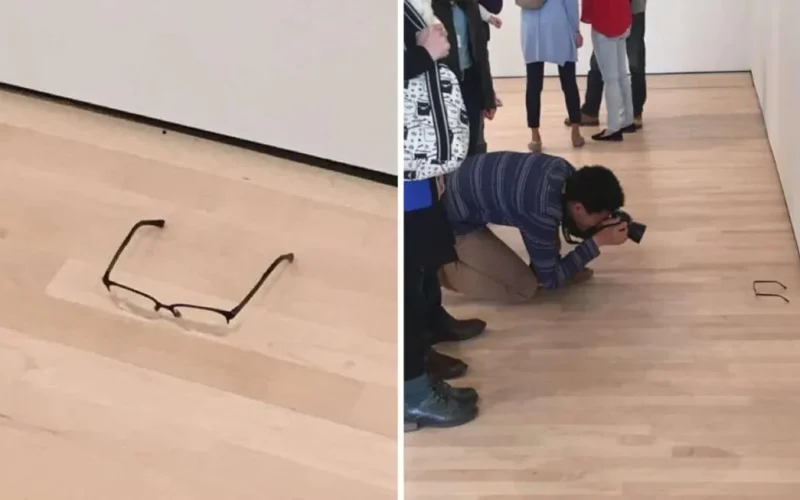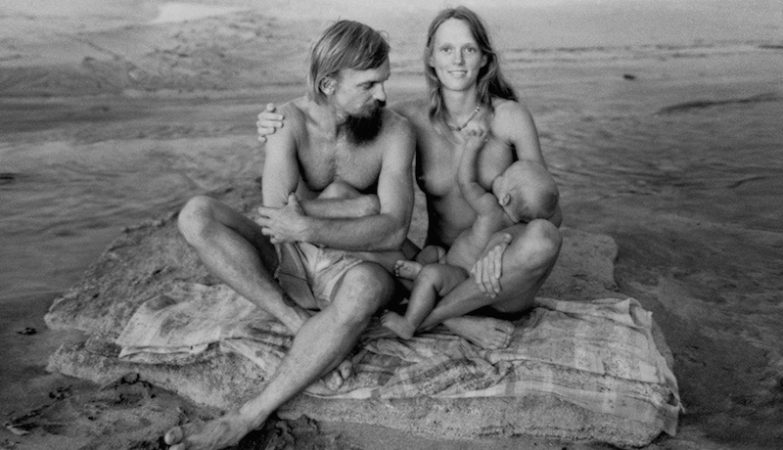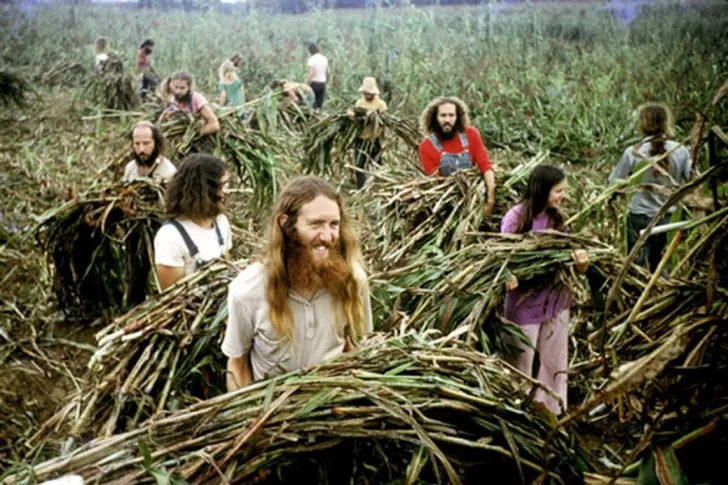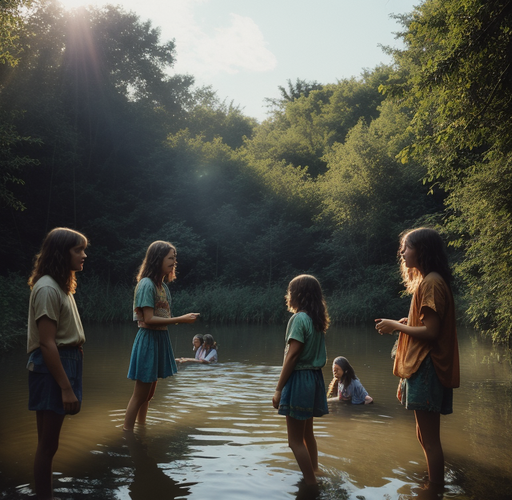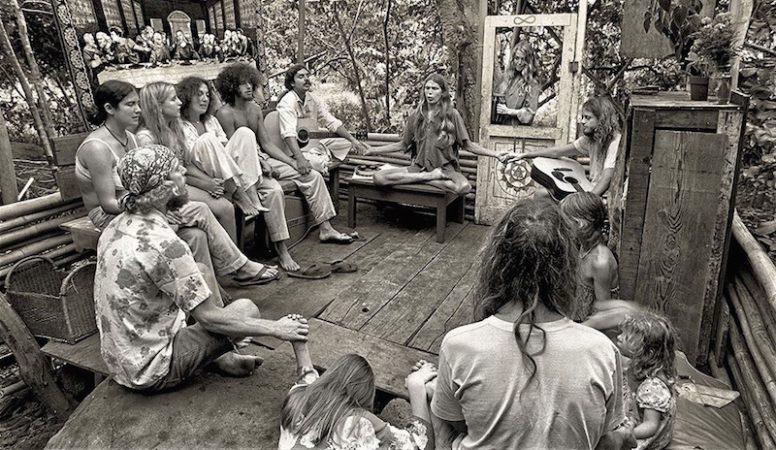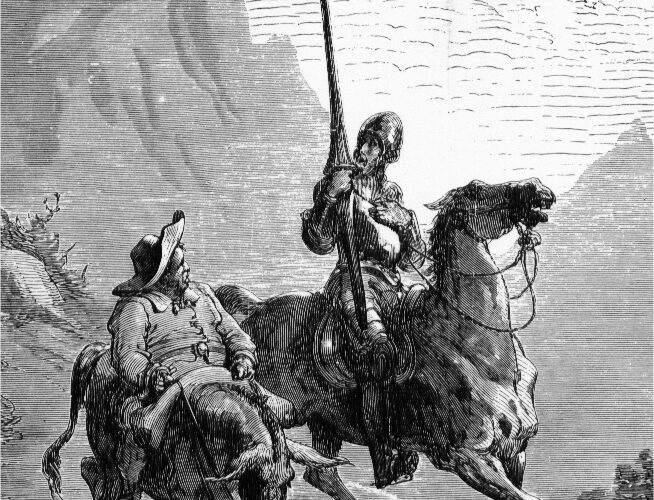
The Three Giants: Injustice, Fear, Ignorance
"We battle against three grand giants, my dear Sancho: injustice, fear, ignorance," an extraordinary and enlightening phrase taken from "Don Quixote de la Mancha" by Miguel de Cervantes. These three "giants" – injustice, fear, and ignorance – represent some of the deepest and persistent problems of our society. The first giant, injustice, manifests in a myriad of ways, from economic inequalities to political oppression, from racial discrimination to gender disparities. It's an insidious enemy that undermines the foundations of our society, fueling conflict and despair. To combat injustice, a continuous commitment towards fairness, transparency, and accountability is required. We are…


